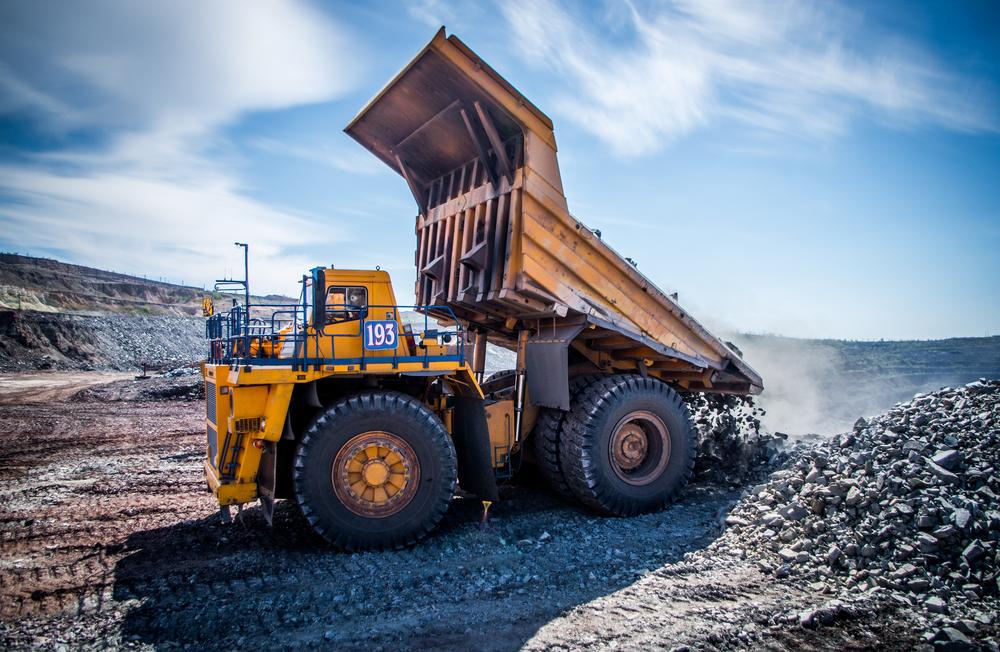BHP (LON:BHP) have told shareholders that they have kept their annual production guidance unchanged on Tuesday morning.
Shares in the miner trade at 1,793p (-2.56%). 21/1/20 10:41BST.
The firm said that it had reported a solid performance in copper and iron production, however it saw a decline in petroleum and coal.
For the six months to the end of December, BHP’s copper production was 885,400 tonnes, up 7% from 825,300 tonnes the year before, which will impress shareholders in this division.
BHP said that they have kept their annual production guidance unchanged within the range of 1.71 million tonnes to 1.82 million.
Notably, iron ore production for the six month period increased by 2% to 121.4 million tonnes, seeing a 2% climb from the 119.3 million figure one year ago.
BHP also reported record production at Jimblebar in Australia, which has driven the firm to stay within its guidance figures.
Annual iron ore output has remained stable and is estimated to be between 242 million and 253 million tonnes, but metallurgical coal production dipped 2% year on year to 20.3 million tonnes from 20.6 million.
Energy coal production decreased by 12% to 11.7 million tonnes from 13.3 million tonnes the year before, due to a weaker performance from the New South Wales Energy Coal operations in Australia, and the Cerrejon mine in Colombia.
BHP did allude to the ongoing troubles in Australia where work was affected by bushfires, saying that this factor could constrain its performance in the second half of financial 20. However, BHP kept its production guidance for energy coal at 24 million to 26 million tonnes.
Looking at BHP’s petroleum business, the firm told shareholders that production declined by 9% to 57.4 million barrels of oil equivalent from 63 million barrels due to natural field declines and other weather conditions.
The group expects its annual petroleum output to be at the lower end of its guidance range of 110 million to 116 million barrels
BHP Chief Executive Officer, Mike Henry, said:
“We delivered solid operational performances across the portfolio in the first half of the 2020 financial year, offsetting the expected impacts of planned maintenance and natural field decline. Production and cost guidance is unchanged, and we remain on track to deliver slightly higher production than last year. Our six major development projects are progressing well, and we continue to advance our exploration programs in petroleum and copper.”
BHP Chief Executive Officer, Mike Henry, said: “We delivered solid operational performances across the portfolio in the first half of the 2020 financial year, offsetting the expected impacts of planned maintenance and natural field decline. Production and cost guidance is unchanged, and we remain on track to deliver slightly higher production than last year. Our six major development projects are progressing well, and we continue to advance our exploration programs in petroleum and copper.”
BHP’s investment into SolGold
In November, BHP announced that they will be increasing their stake in SoldGold Plc (LON:SOLG).
BHP have signed up for a further 77 million SolGold shares at 22.15 pence each, giving a total approximate investment of £17.1 million.
BHP will hold 282.7 million SolGold shares after the deal, making it marginally the biggest shareholder with a 14.7% stake.
BHP have also been issued with 19.3 million share options exercisable at 37p within five years. Additionally, as well as BHP SolGold has a majority shareholder in Newcrest Mining Ltd (ASX: NCM).
The recent share purchases follow an unsuccessful attempt in late 2016 by BHP to buy a 10% stake in SolGold for $30 million.
BHP also had looked to take a 70% direct interest in the Cascabel project for a further $275 million, but this was rejected by SolGold.
The investment that BHP have made seem to have pay off, with many firms seeing good mining results coming from Australia.
BHP shareholders seem a little skeptical about the the update provided this morning, however the fact that the firm have maintained their guidance should mean some consistency for shareholders.




